
Justin Lessler is a Professor of Epidemiology at the UNC Gillings School of Global Public Health
2 subscribers
How to get URL link on X (Twitter) App





https://twitter.com/JustinLessler/status/1440663729486503944?s=20) doesn't show a winter surge despite seasonality.

 Even in 1918 larger early season epidemics were either not followed by clear resurgences, or follow-on winter waves were much smaller than the fall (2/4):
Even in 1918 larger early season epidemics were either not followed by clear resurgences, or follow-on winter waves were much smaller than the fall (2/4):


 However, there is a lot of differences between states and und uncertainty overall. Though cases are expected to fall quickly in the states that have seen the largest Delta waves (LA, FL, etc.), but could continue to increase in the states that are yet to be hit hard... (2/4)
However, there is a lot of differences between states and und uncertainty overall. Though cases are expected to fall quickly in the states that have seen the largest Delta waves (LA, FL, etc.), but could continue to increase in the states that are yet to be hit hard... (2/4) 
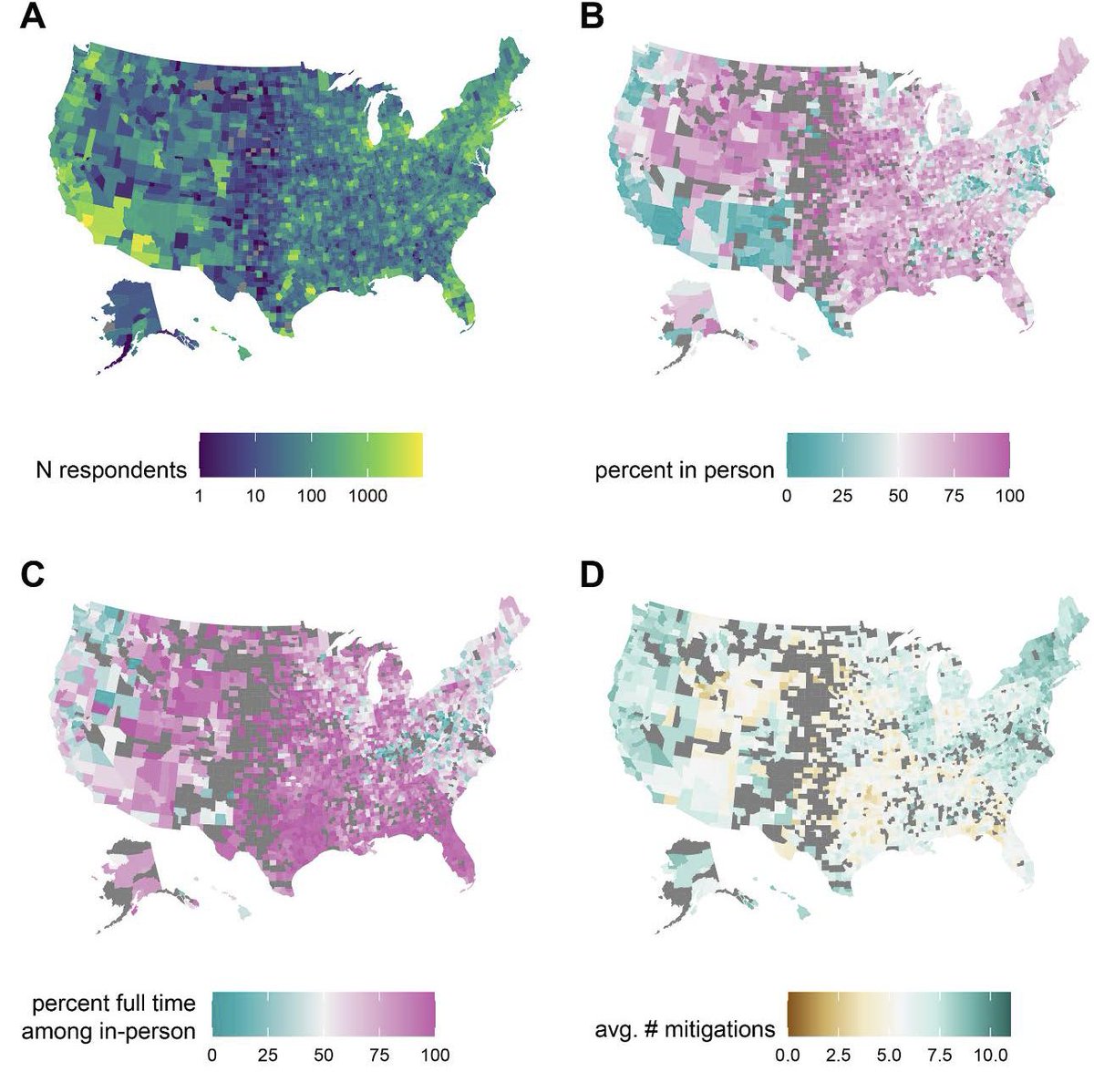
https://twitter.com/JustinLessler/status/1366507008166363143?s=20) (1/n) We use data from

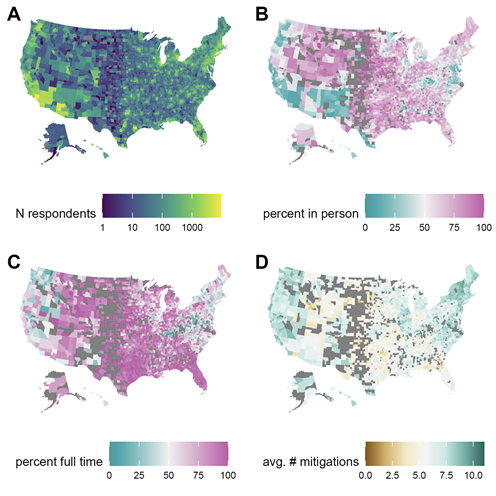

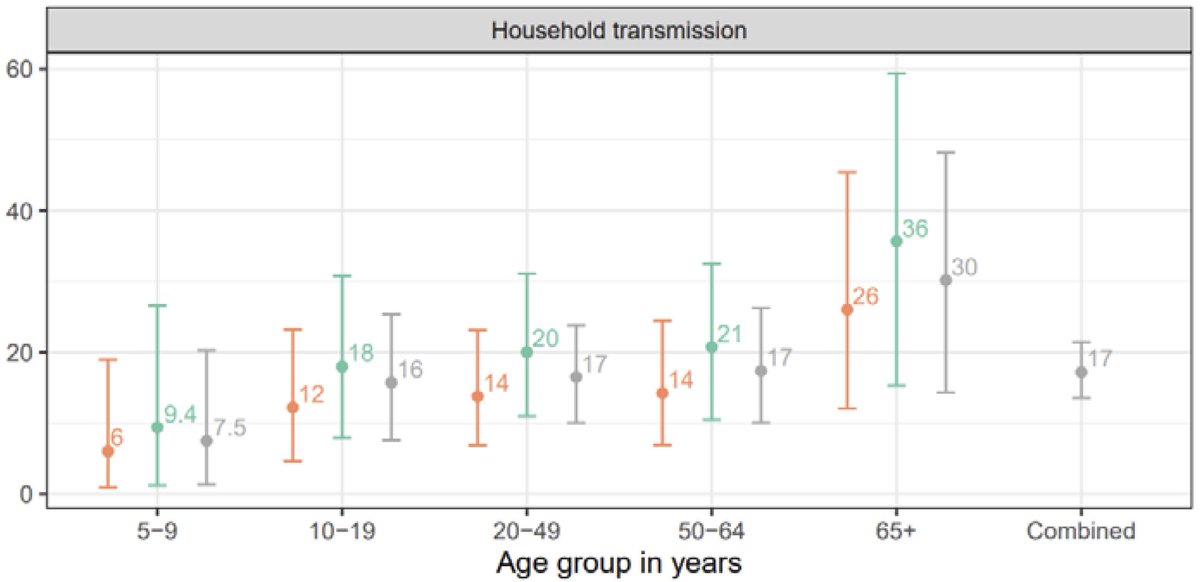

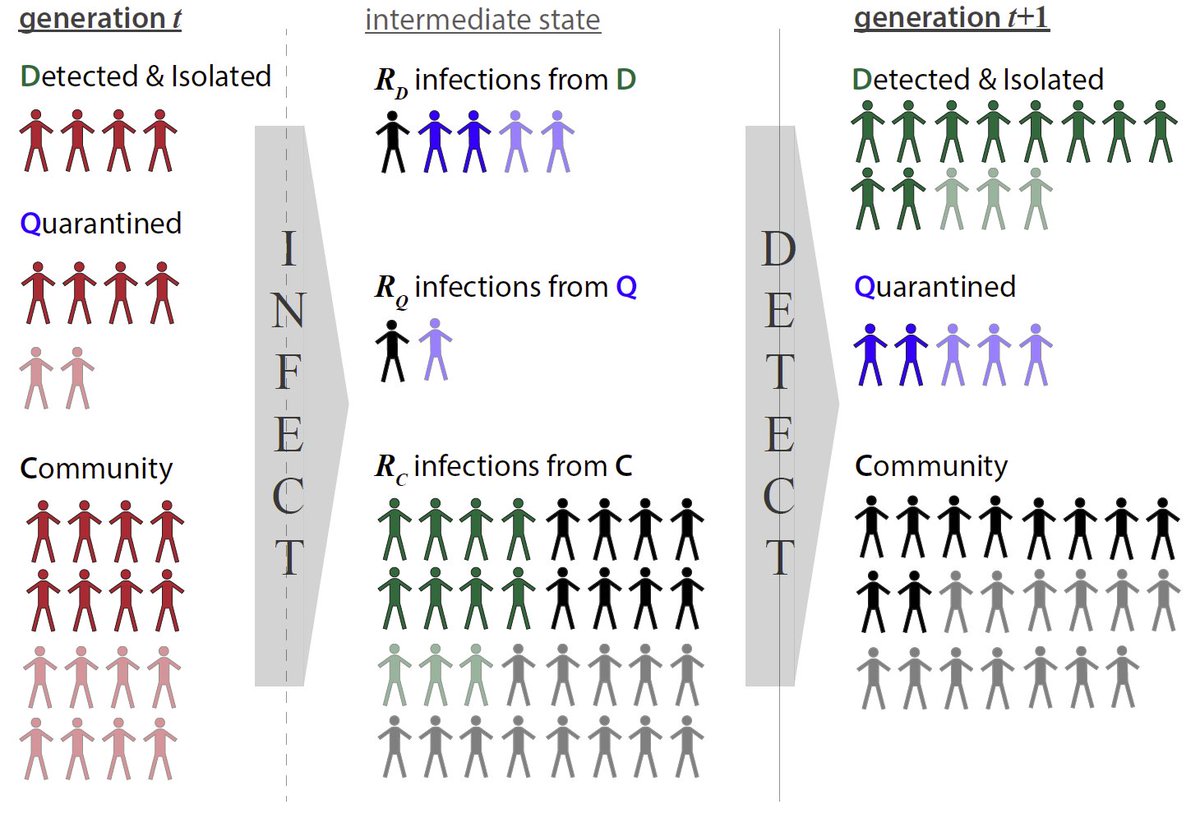
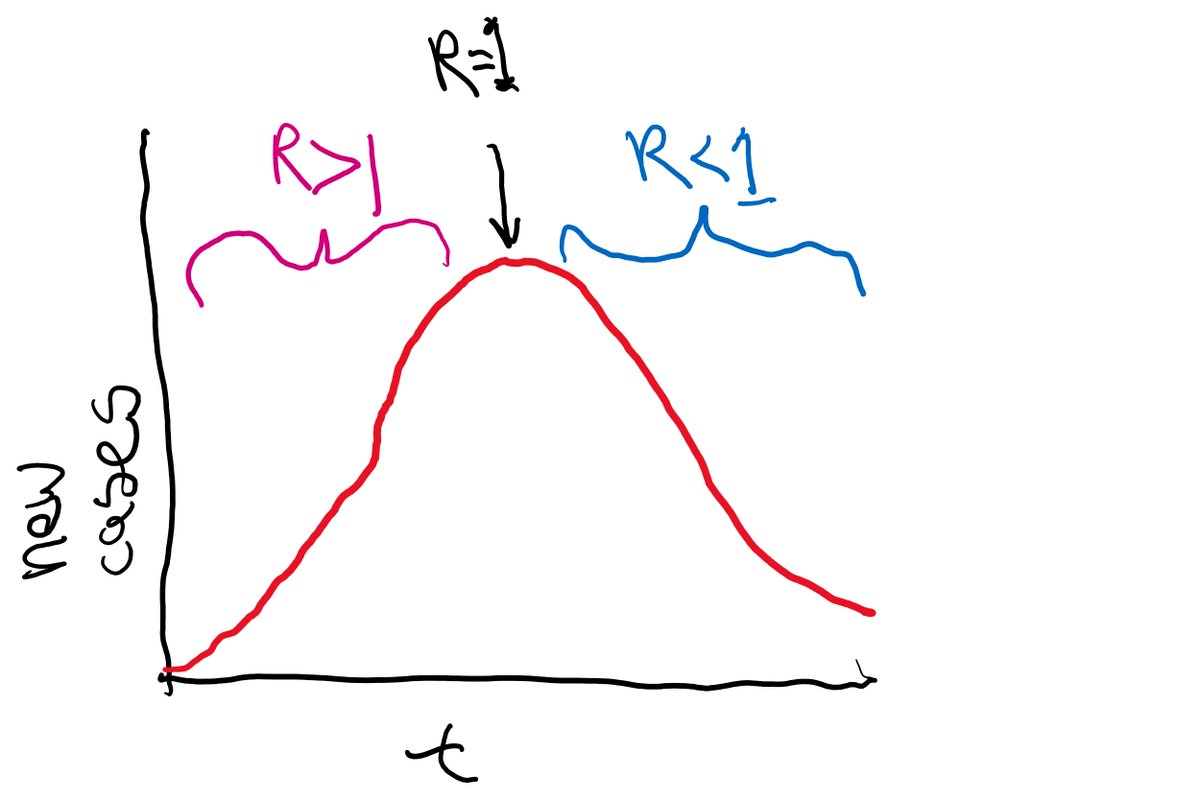
https://twitter.com/Atul_Gawande/status/1299318648402780160When epidemiologists say there is #HerdProtection they mean that the reproductive rate, R, is less than or equal to 1, so cases will start. going down. So R=1 at the peak of an epidemic...(2/5)


https://twitter.com/JustinLessler/status/1227344703567253505If there is over-dispersion, fewer people are responsible for more of the overall transmission. For instance, a lower percentage of cases cause 80% of onward transmissions. When extreme, these are sometimes called superspreaders. 2/n
